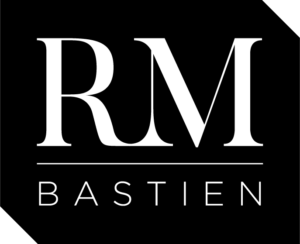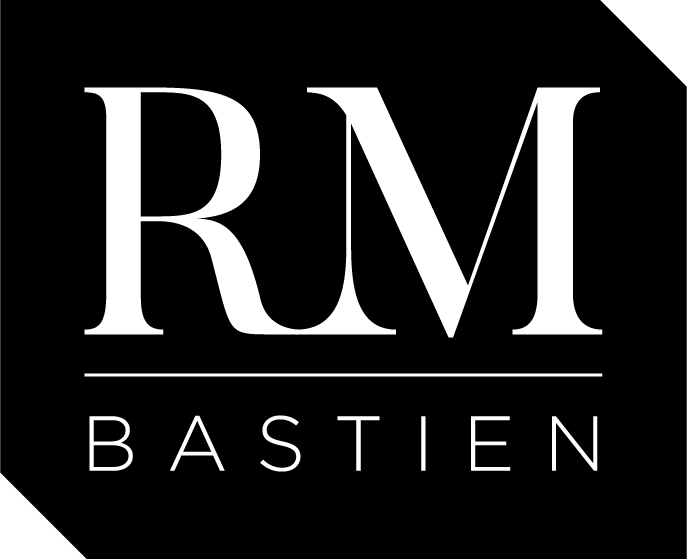A dichotomy seems to be emerging in corporate IT strategy and enterprise architecture. Let’s take a closer look at what looks like a seemingly promising strategy to propel your business into the digital era.
A Reliable but Inflexible Set of Operational Assets
In the right corner, we have the technology backbone of an organization’s operations. This platform must be robust and standardized, and allow the business to shift toward new paradigms as seamlessly as possible. These types of platforms have been around for decades; some of them outlasting many foundational technology changes. The ability of these operational backbones to support transactional operations effectively and speedily is, in my view, a success for the IT world. Unfortunately, their flexibility and agility in face of changing business needs are mediocre, at best. Decades of chaotic short-sighted design deployments have transformed these backbones into liabilities. Such backbones are not always able to sustain change, being highly sensitive to heterogeneous, non-standard, or stove-piped solutions that find their way to production status through the loose mesh of ineffective quality governance.
In the right corner, your operational backbone: rapid, robust, but inflexible yet indispensable.
A Fresh New Platform for Digital Integrations
In the left corner we have a newer concept, often labeled the Digital Platform, envisioned as an innovative way to achieve flexibility and quick turn-around times. The central idea is smart: let’s put in place an IT infrastructure that allows the rapid development of new business integrations at the level of the extended enterprise. By extended enterprise, I am referring to an obvious focus on external partnerships, including opportunities created by social media, Internet of Things, or the entire array of cloud-based services that relentlessly expands every month.
One of the most appealing features of the platform in the left hand corner is that it provides a clean slate for a project to start from. Absent is the burden imposed by legacy systems like those constituting the technology backbone we have in the right corner. The novelty provided by the Digital Platform is bound to create a fertile soil for agility to blossom, inspired by the bold, highly publicized start-ups known as Market Disruptors.
In the left corner, your digital platform: new, nimble, source of promising business value.
The second promising characteristic of this paradigm lies in its function as a foundation where things can be not only rapidly developed, but easily removed. When something developed last year doesn’t make business or technical sense anymore, you can unplug it and work on a more promising integration. With no legacy artifacts slowing your momentum and your ability to continually apply and reapply integrations, you will surely be able to provide enhanced customer experiences or new amalgamated products, positioning yourself as the disrupting player.
So are Digital Platforms the way to go? Yes of course! I strongly recommend our contender in the left corner. That being said, I also feel compelled to share a few very important words of caution on how to introduce it, as well as some caveats regarding your expectations.
I never believed in miracles – at least not in corporate IT. Most of great things therein come from discipline and hard work.
Parallel for a Long Time
My first piece of advice relates to the right hand option. Do not think for a second that the sudden wave of hype and excitement stimulated by your new digital platform will cause your operational backbone to disappear. Your new products, new markets, and new ideas, however promising, will not replace all the current products and existing markets overnight. The base of older technology already in place might very well continue to produce the bread and butter used to feed new ideas.
You may wish it were the case, your business is not a start-up, and your new platform will co-exist with the older ones for a long time.
Don’t assume that the latest technology replaces the previous one entirely; they must exist in parallel. Anything you do to position your business on the cutting edge of the market is a step in the right direction, but you must take responsibility for the amalgamation of your platforms. Remember: he who wills the end wills the means. Your new platform absolutely needs the old one.
If your new digital platform were a vehicle, it would be a lightweight 4×4 truck. But you mustn’t forget that if this were the case, your operational backbone would be a train on rails with a tanker car containing the fuel for your 4X4. The implementation of a new digital platform comes nowhere near any form of rationalization.
The Old Impacts the New
My second warning involves the state of your right corner assets. The apparent separation between the two sides of corporate IT strategy, and the expected leeway provided by a clean slate solution may not last that long. Sooner than you think, or maybe right from the onset, you will need to use data or function provided by your operational backbone; this requires an integration point like any other that your IT has created in the past. The fact that it takes its source in your new digital platform will make little difference regarding speed or limitations.
Any dependency between the old and the new will be as easy to implement as the state of the weakest link in the chain allows.
Depending on the flexibility and agility of your right hand corner backbone, the new link may be implemented in a breeze, or become the boat anchor that slows everyone down.
Magical Thinking is of Little Help
My last point concerns the business agility of the new digital platform. The new infrastructure’s ability to adapt gracefully to changing business requirements is based on two factors. Firstly, the fact that it’s new means that it hasn’t deteriorated into the state of entropy found in older assets; the clean slate is a benediction. Secondly, the architecture patterns used to develop the new digital solutions offer evolutionary possibilities.
But declaring a new platform’s ability to support nimbleness, by easily adding, replacing, or removing components is no guarantee whatsoever that it will actually happen. Why? Because easily adding, replacing, or removing portions of a solution, an application, or a platform have been desired outcome from the onset of the operational backbone sitting in the right hand corner! Creating malleable products has been a central focus of IT architecture for longer than I’ve been working in the IT field.
Malleability has been a desired characteristic for as long as IT solutions have been designed. This wish hasn’t shielded your current platforms from becoming what they are today.
It takes more than wishes and strategic statements to ensure that you get the agility that you expect from the new digital platform. For that to happen consistently beyond the first 18 months of the new platform’s introduction, you need talented and forward-thinking IT architects designing assets that can be quickly rolled-out, easily replaced, and painlessly removed. These disciplined IT teams must also define and abide by strict quality standards. Finally, you need healthy governance processes to guide your decisions and determine whether or not you have successfully achieved the coveted agility ideal.
Careful design and quality work in your new digital platform are as needed as ever.
If you don’t have all the right safeguards in place, your new digital platform may organically grow into an inextricable tangle that will eventually collapse under its own weight. It’s been often witnessed before[1], and nothing suggests that the left corner is shielded from unwanted complexity.
[1] To understand how it systematically happens, see this easy-to-read, non-technical book.

